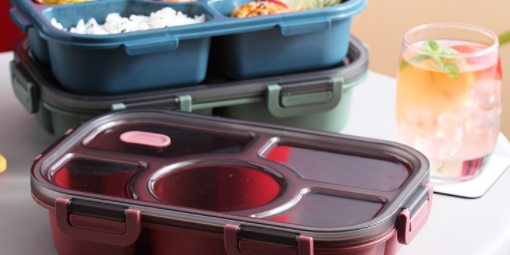As we examine the role of plastic lunch boxes in our lives, it’s important to consider their environmental impact. Plastic, while convenient, raises concerns about sustainability and waste. In this article, we will explore the environmental considerations associated with plastic lunch boxes.
Material Selection: When choosing a plastic lunch box, opt for those made from BPA-free materials. Bisphenol A (BPA) is a chemical often found in plastics that can leach into food and beverages, potentially causing health concerns. BPA-free plastics are a safer alternative that minimizes these risks.
Reuse and Recycling: To reduce the environmental impact of plastic lunch boxes, prioritize reusable options. Choose lunch boxes that are built to last and can be used repeatedly. Some plastic lunch boxes are made from recyclable materials, contributing to a circular economy. Always check recycling guidelines in your area to ensure proper disposal.
Eco-Friendly Alternatives: If you’re concerned about the environmental impact of traditional plastics, consider exploring eco-friendly alternatives. Some lunch boxes are made from biodegradable or compostable materials, reducing their long-term impact on the environment.
In conclusion, while plastic lunch boxes offer convenience, it’s crucial to be mindful of their environmental implications. By choosing BPA-free materials, prioritizing reuse, and considering eco-friendly options, you can make informed choices that align with your values and contribute to a more sustainable future.

























